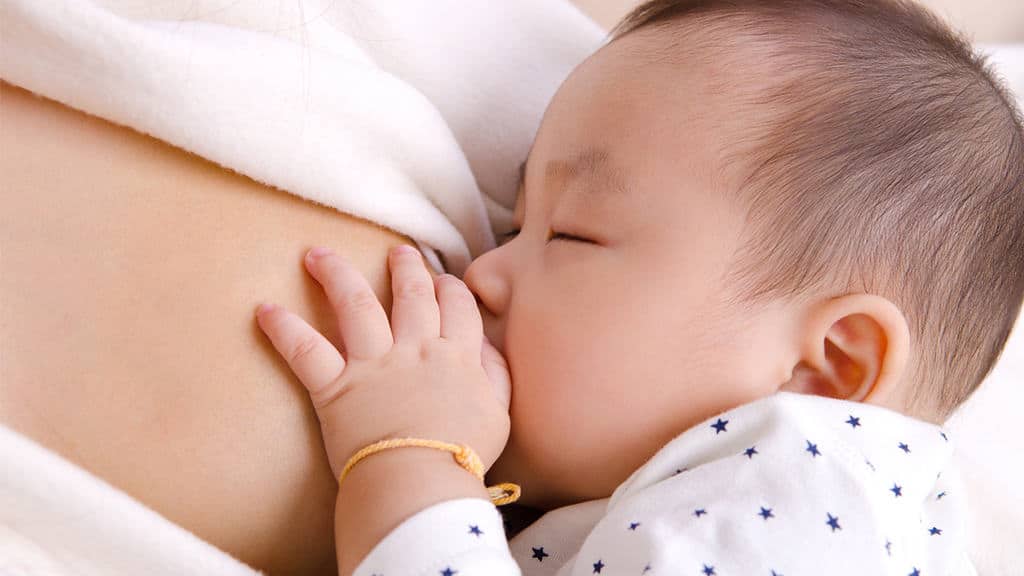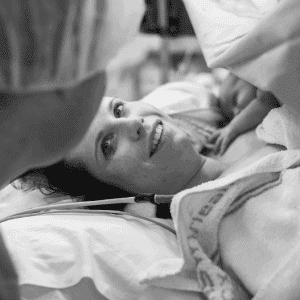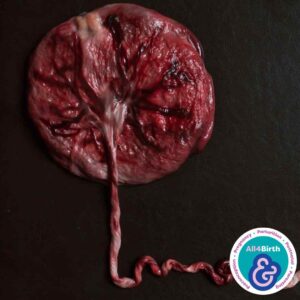The Golden Hour After Birth – What is it and Why is it so important?
Nadège Buttigieg
Midwife
B.Sc (Hons) Midwifery
Mater Dei Hospital, Malta
Summary
Not long ago, as soon as a baby was born, the trend was to take the baby away from the mother. In so doing, the umbilical cord is cut, and the baby is examined, weighed and cleaned. However, times are changing as the benefits of the ‘golden hour’ are being recognised.7 It is important to note that babies come from an environment where they feel safe and warm.1 The transition to the outside world should therefore be as natural and as peaceful as possible. Positioning the baby skin-to-skin for at least an hour and early breastfeeding have therefore been recommended.
Introducing the ‘golden hour’
Soon after birth, babies find themselves in a completely different environment, which is devoid of the cosiness, security and warmth that the womb usually provides.1 Babies slowly start to realize that there are things which will now have to be dealt with by themselves in order to thrive, including breathing, nutrition and thirst.1 Thus, the transition from the womb to the outside world can be quite a challenging period for the newborn.2 In fact, the way your baby is cared for during the first hour after birth is pivotal.3 Here, we will be discussing how ensuring an undisturbed ‘golden hour’ after birth can facilitate this transition.
Understanding the ‘golden hour’
Meeting your baby for the very first time is a truly magical and indescribable moment. During this time, you may think about how he or she looks like, the baby’s smell and how amazing it feels to finally having your little one in your arms.
Unless medically indicated, the umbilical cord is now being left untouched for the first few minutes. This encourages babies to be put skin-to-skin on the mother’s chest immediately after birth. Thankfully, the initial newborn checks and weighing are also being routinely delayed – leaving mummies more focused on their new bundle of joy for at least an hour! This period, often known as the ‘golden hour’, is extremely beneficial for both of you and it is one of the most critical phases in the first few moments of life.4 Do not worry if you do not connect with your baby straight away. Having experienced a challenging labour may hinder feelings of attachment towards your baby.5 Remember not to be so hard on yourself – loving your baby is a process, which can take a while to develop. The early initiation of breastfeeding is also an integral part of the ‘golden hour’.6 If left skin-to-skin, babies are able to crawl to the mother’s breast and attach to the nipple by themselves.8 This phenomenon is known as the ‘breast crawl’.8 Breast crawling might not occur instantly and with every baby, but if it occurs, it is a beautiful process to go through with your little one.
Benefits of the ‘golden hour’
The ‘golden hour’ is an opportunity to give your baby the best start in life.7 As a matter of fact, midwives are lately doing their utmost to cater for this “new” trend. Following birth, your baby will need a lot of comfort and skin-to-skin is definitely the best option to keep your baby calm, settled and secure.1 Skin-to-skin positioning also allows the baby to hear your heartbeat and feel your warmth, resembling the womb environment.6 During this precious time, babies are better able to maintain their body temperature and breathing pattern, which in turn helps to stimulate their digestive and nervous systems.1 On the other hand, keeping this time quiet will also help your body to go through the important physiological and hormonal changes smoothly.9 While enjoying the first moments with your baby, all the important components remaining in the placenta are transferred to the little one. Delaying cord clamping by at least five minutes will allow more blood to be transferred to your baby, increasing his or her iron storage.1
As previously mentioned, breastfeeding is another fundamental element of the ‘golden hour’.6 Apart from helping with the expulsion of the placenta and reducing the risk of excessive bleeding after delivery, consider breastfeeding as another opportunity for bonding.8 Research also shows that women who start breastfeeding soon after birth are more likely to continue breastfeeding for a longer period.6
Tips for planning the ‘golden hour’
What happens in the ‘golden hour’ after birth matters. You have more choices than you might realise when it comes to what happens to you and your baby immediately after birth.
If possible, choose a midwife who supports the idea of having an undisturbed first hour after birth.
Consider further antenatal counselling with your midwife on this topic to help you better prepare for this unique moment.
Encourage your partner to help you create an optimal birth environment with for example dim lights, warm space or relaxing music.
It would also be a good idea to either request for delayed cord clamping in your birth plan or else, discuss this with your midwife during labour.
Remember that the ‘golden hour’ is a unique time for you and your baby, which requires a calm environment, patience and support. Unless medically indicated, uninterrupted time with your baby soon after birth will help you to better learn your baby’s needs and create a stronger bond. Without doubt, the ‘golden hour’ will serve as a beautiful memory with your loved ones for a lifetime.

Links to resources
 Books
Books
The Positive Birth Book – by Milli HIll https://www.millihill.co.uk/books/the-positive-birth-book/
 Websites
Websites
AIMS Association for improvements in the maternity services – https://www.aims.org.uk/
Dr Sara Wickham – https://www.sarawickham.com/
Birth Place Decisions – https://assets.nhs.uk/prod/documents/NHSE-your-choice-where-to-have-baby-first-baby-sept2018.pdf
 Social Media
Social Media
The Positive Birth Movement – https://www.instagram.com/positivebirthmovement/
Birth-Ed – https://www.instagram.com/birth_ed/
References
- Davies L, McDonald S. Examination of the Newborn and Neonatal Health E-Book: A Multidimensional Approach. Poland: Elsevier Health Sciences; 2020: 16-352. https://books.google.com.mt/books?id=tGP9DwAAQBAJ&printsec=frontcover&source=gbs_ge_summary_r&cad=0#v=onepage&q&f=false Accessed March 15, 2021.
- Swanson JR, Sinkin RA. Transition from Fetus to Newborn. Pediatric Clinics. 2015; 62(2): 329-343.
- Mercer JS, Erickson-Owens DA, Graves B, Mumford Haley M. Evidence-Based Practices for the Fetal to Newborn Transition. Journal of Midwifery and Women’s Health. 2007; 52(3): 262-272.
- Sharma D. Golden hour of neonatal life: Need of the hour. Maternal health, Neonatology and Perinatology. 2017; 3(16): 1-21.
- Nakić Radoš S, Matijaš M, Anđelinović M, Čartolovni A, Ayers S. The role of posttraumatic stress and depression symptoms in mother-infant bonding. Journal of Affective Disorders. 2020; 268: 134-140.
- Neczypor JL, Holley, SL. Providing Evidence-Based Care During the Golden Hour. Nursing for Women’s Health. 2017; 21(6): 462-472.
- Sharma D, Sharma P, Shastri S. Golden 60 minutes of newborn’s life: Part 2: Term neonate. The Journal of Maternal-Fetal and Neonatal Medicine. 2017; 30(22): 2728- 2733.
- Widström AM, Brimdyr K, Svensson K, Cadwell K, Nissen E. Skin-to-skin contact the first hour after birth, underlying implications and clinical practice. Acta Paediatrica. 2019; 108(7): 1192-1204.
- Barría RM, ed. Selected topics in neonatal care. London: IntechOpen; 2018: 4-238.













